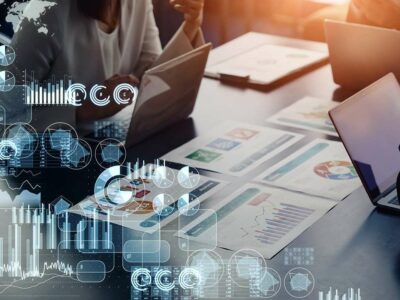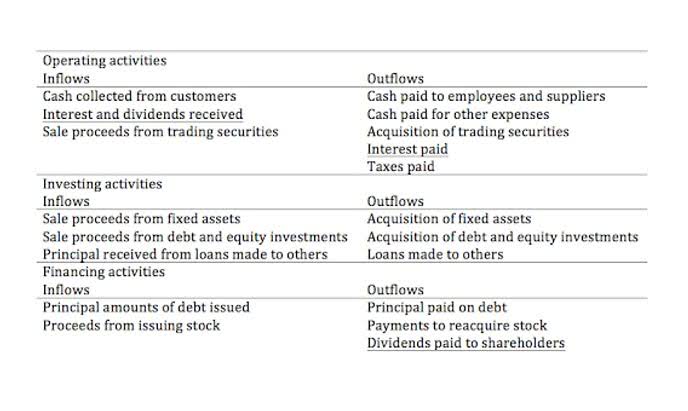Content

Cost accountants are primarily responsible for collecting, validating and communicating data for the purposes of financial transparency and process improvements. They are responsible for the initiating the month-end closing and reporting processes, which they in turn submit to management. They set standard costs of business processes such as labor, shipping, production and administration. Cost accounting has been around for hundreds of years, but it really developed during the Industrial Revolution.
As their name suggests, variable costs fluctuate depending on the level of production. For example, consider a fireworks company that needs to buy more products before the Fourth of July in order to meet consumer demands. The fireworks company will then incur higher costs as their distributor attempts to keep up with the increased demand. Direct costs include everything that goes into producing a good or service that is directly traceable to a specific cost object, such as the labor, materials, and manufacturing supplies. This builder’s work is a source of direct labor since it can be traced back to him. Additionally, the wood is a direct material and the nails needed for assembly are direct manufacturing supplies, as they can be traced back to a specific cost object.
- It is certainly a very important aid since it has become an essential tool used by management.
- To ensure accuracy and consistency so external decision makers can compare firms, financial accounting must follow standards.
- Small businesses that use standard costing often like this method because it feels simple and easier to manage than other costing systems.
- The production of Car 1 uses a lot of machine hours and produces a lot of vehicles.
- The lease on a factory building or equipment would be classified as fixed costs.
- Value streams, or profit drivers, add to the company’s bottom line and greatly impacts financial decision-making.
- So, the cost accounting system can be adopted or installed in large business organizations only.
When the raw materials are put into production, the system immediately records the use of the materials by crediting the raw materials account and debiting thegoods in processaccount. Since most products go through many stages before they can be called finished goods, there are often several different work in process accounts. Financial accounting provides a financial overview of the company through statements of revenue, expenses, and assets. While financial accounting provides insight into the financial health of a business, cost accounting is used more for the management team to plan and rearrange costs within a business. Fixed costs are recurring expenses that occur regularly and do not change due to production, for instance, a rental lease or loan interest.
Changes, per unit cost per unit, remain the same irrespective of changes in production units. The total cost of raw materials changes if the production increases or decreases. But the per-unit cost of raw materials remains the same even if the production increases or decreases. This in turn may provide management with guidance in the pricing of various services.
Join Pro Or Pro Plus And Get Lifetime Access To Our Premium Materials
These are costs not directly related to production, but needed for production to happen, like utilities and rent charges What Is Cost Accounting for a production facility. Often these types of prices do not fluctuate, or if they do, they’re not by much.
So cost accounting is needed to provide a framework for cost control. This is facilitated by the cost accounting through the use of its tools and techniques of marginal costing, break-even analysis, standard costing and variance analysis and budgetary control etc. Since cost accounting methods consider every cost incurred in business operations, the company’s decision-makers can get a picture of which of said costs contribute to the company’s profits and which do not. Through the process, cost accounting helps to show whether or not the business can earn more than the total costs of producing their goods or services.
Cost accounting and financial accounting use the same information but interpret them in different ways. They are interpreted differently because they have different users. The users of cost accounting are the managers and decision makers of the firm. Since the audience is made up of internal users, the information must be of value to the managers and help guide decisions to help the firm. Cost accounting doesn’t follow any standards, and it is up to the firm to decide which cost system and approach to use.
Conversion Cost
Many industrial failure.’ in the past may be attributed to the lack of knowledge on the part of manufacturer of actual cost of production and, therefore, selling products below cost. While project accountants may use cost accounting methods, they are not required to do so.
Cost accounting is the reporting and analysis of a company’s cost structure. Cost accounting is a process of assigning costs to cost objects that typically include a company’s products, services, and any other activities that involve the company. For example, cost accountants using ABC might pass out a survey to production line employees who will then account for the amount of time they spend on different tasks. The costs of these specific activities are only assigned to the goods or services that used the activity.
Life Cycle Costing
Cost accounting is not sufficient alone to control or reduce the cost of products or services. It is necessary to use the data so generated to take corrective actions which require a lot of experience and expertise. Cost accounting can be flexible to meet the unique needs of the business. Financial accounting is used to create public financial statements, which must be standardized, while cost accounting is used for internal purposes and thus does not have to follow a universal set of standards. For these reasons, most companies use predetermined overhead rates rather than actual overhead rates in their cost accounting systems. Many financial and cost accountants have agreed for many years on the desirability of replacing standard cost accounting.
Costing is the technique and method used for calculating the cost of a product or service. For instance costs can be classified into product costs or period costs; manufacturing costs or non-manufacturing costs.
Research Cost
Each item of cost is budgeted at the beginning of the period and actual expenses incurred are compared with the budget. Fix reasonable prices of certain items of production so as to prevent undue profiteering. Past costs should not be recovered from future costs as it will not only affect the true results of future period but will also distort other statements. Cause-effect relationship should be established for each item of cost. Each item of cost should be related to its cause as minutely as possible and the effect of the same on the various departments should be ascertained. A cost should be shared only by those units which pass through the departments for which such cost has been incurred.

Cost refers to any expense or sacrifice made to develop a product or service. There is no empirical evidence that using historical cost accounting will calm the investors. The lack of transparency by using historical cost accounting may make matter worse.
What Are The Two Basics Types Of Costs?
This allows for the ability to make real-time decisions that can save time and money, as well as preserve operations from the front-end to the back-end. Financial accounting presents a company’s fiscal position and performance to outside parties through statements, including information about its revenues, expenses, assets, and liabilities. Cost accounting is most beneficial as a tool for management in budgeting and creating cost control programs, which improve the company’s net margins. Activity-based costing is a method of assigning overhead to activities directly related to the products or services you sell.
- If the actual costs are higher than the standard cost, the variance is negatively affecting the company.
- Both cost accounting and management accounting are useful for planning, control, and decision-making purposes.
- A form of managerial accounting, this process is only necessary for business-specific operations.
- So all the departments of the factory must analyze and record the relevant items of cost quickly to furnish cost information regularly to various levels of management.
- It helps to make effective control over inventory and for preparation of interim financial statements.
- Costing includes the techniques and processes of ascertaining costs.
Once the cost accounting function has gathered information relevant to the decision, the information is then exhibited in managerial reports designed to aid decision making. At the same time, for the preparation of cost accounting records, the cost and work accountants are required which proves to a costly affair for the business. So, the cost accounting system can be adopted or installed in large business organizations only. Tenders or quotations are made to provide the rate which will be charged to supply the manufactured goods in future times. If the tenders are based on the actual cost data, they are bound to be competitive and sure to be accepted by the prospective customer. Cost accounting is needed to take into account the records regarding the wastage of materials, man-hours, and machine-hours taking place during the course of production.
It acts as a source of information like closing inventory, capital expenditure, direct and indirect cost, etc. for the preparation of financial accounts of an organisation. In financial accounting, costs are categorized by the type of transaction, while cost accounting separates costs according to the information needed by management. The costs that cannot be directly attributed to a product are known as indirect costs. For example, in the previous example, the cost of the electricity or gas used to heat the oven to bake the cake is considered an indirect cost due to the inexact unit cost of the fuel.
Modern methods of cost accounting first emerged in the manufacturing industries, though its advantages helped it spread quickly to other sectors. For many firms, cost accounting helps create and measure business strategy in a more organic https://www.bookstime.com/ way. Companies that are looking to expand their product line would need to understand the cost structure. Cost accounting helps management plan for future capital expenditures, which are large purchases of plant and equipment.
- That’s because cost accounting has many terms that are not used in other areas of accounting .
- Life cycle costing is the total cost of product ownership from inception to completion.
- Therefore, it is crucial to have a good understanding of your business’s financial standing and maintain sound accounting systems.
- Because lean doesn’t capture all costs related to production, it isn’t as useful for pricing as cost accounting.
- A typical cost accounting system works by trackingraw materials as they go through the production stages and slowly turn into finished goods in real time.
Cost accounting aims to capture a company’s total production cost by assessing the variable costs of each step of production. It is a process of gathering, examining, summarizing, and evaluating various alternative courses of action. The goal is to provide management with improvements based on efficiency and capability. This helps with the ease of determining cost versus profitability for specific product lines. In this definition, examples of “operating data” include the cost of products, operations, processes, jobs, quantities of materials consumed, and labor time used.
These wastages are not recorded and communicated by preparing the financial accounts like trading account, profit and loss account and balance sheet. Some costs are actual, such as raw material cost, freight cost, labor cost, etc. To earn revenue, some expenses are incurred like rent, salary, insurance, selling & distribution cost, etc. Some expenses are variable, some are semi-variable, and some of fixed nature. For example, the cost of raw materials can vary depending on the level of production. As far as manufacturing units or industries are concerned, the three significant elements of cost are material, labour and overheads. These are further bifurcated into two categories each, i.e. direct and indirect.
Objections Against Cost Accounting:
Cost accounting is a form of managerial accounting that aims to capture a company’s total cost of production by assessing its variable and fixed costs. These will vary from industry to industry and firm to firm, however certain cost categories will typically be included , such as direct costs, indirect costs, variable costs, fixed costs, and operating costs. In contrast to general accounting or financial accounting, the cost accounting method is an internally-focused, firm-specific system used to implementcost controls. Cost accounting can be much more flexible and specific, particularly when it comes to the subdivision of costs and inventory valuation. Cost accounting methods and techniques will vary from firm to firm and can become quite complex.
The beauty of cost accounting is that a company can use a combination of systems to design a costing method that works best for that business. While job and process costing are the two most common types of cost accounting, there are several others businesses may use.
Overheads
Environmental costing considers these kinds of expenses in relation to the overall cost of production and their effect on a business’s profit margins. This type of cost accounting tracks expenses related to the environmental impact cost of providing a service or producing a product. Not every type of business needs to look at environmental impact costing, but it can be highly useful in certain industries where these expenses can be significant, such as in construction. As a result, successful management accounting depends on accurate cost accounting. However, your company’s management accounting procedures have no effect on the success of your cost accounting processes. Since management accounting encompasses all aspects of the business’s financials, cost accounting is actually a subset of management accounting. Both cost accounting and management accounting are useful for planning, control, and decision-making purposes.
